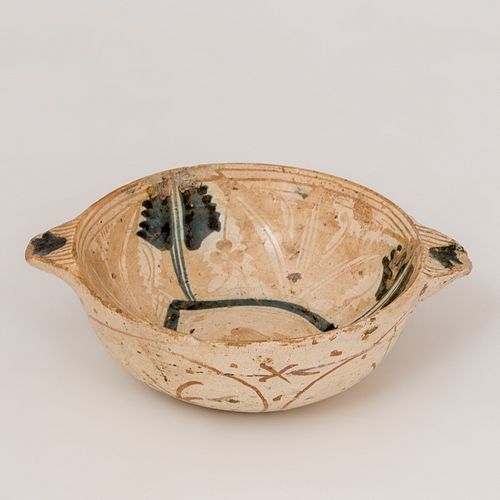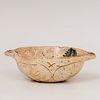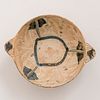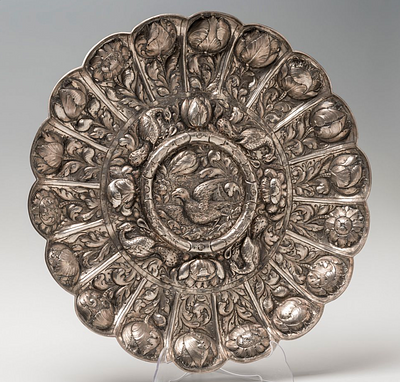Escudilla; Manises; late fifteenth century. Ceramic.
Lot 13
About Seller
Setdart Auction House
Carrer Aragó 346
Barcelona
Spain
Setdart Subastas was born in 2004 and is currently the first online art auction in Spain with solidity, prestige and reliability guaranteed by our more than 60,000 users. Setdart has a young, dynamic and enterprising team ready to successfully manage the purchase and sale of art works through custom...Read more
Categories
Estimate:
EUR€1,400 - EUR€1,800
$1,505.38 - $1,935.48
Absentee vs Live bid
Two ways to bid:
- Leave a max absentee bid and the platform will bid on your behalf up to your maximum bid during the live auction.
- Bid live during the auction and your bids will be submitted real-time to the auctioneer.
Bid Increments
| Price | Bid Increment |
|---|---|
| EUR€0 | EUR€10 |
| EUR€200 | EUR€25 |
| EUR€500 | EUR€50 |
| EUR€1,000 | EUR€100 |
| EUR€3,000 | EUR€200 |
| EUR€5,000 | EUR€500 |
| EUR€10,000 | EUR€1,000 |
| EUR€20,000 | EUR€2,000 |
| EUR€50,000 | EUR€5,000 |
About Auction
By Setdart Auction House
Jul 13, 2021
Set Reminder
2021-07-13 07:00:00
2021-07-13 07:00:00
America/New_York
Bidsquare
Bidsquare : DECORATIVE ARTS XV-XIX
https://www.bidsquare.com/auctions/setdart-auction-house/decorative-arts-xv-xix-7201
Setdart Auction House sofia@setdart.com
Setdart Auction House sofia@setdart.com
- Lot Description
Escudilla; Manises; late fifteenth century. Ceramic. Measures: 6 cm (height); 16 x 13 (mouth). The piece has the classic colors used by the Manises factory. This color scheme, introduced by the Islamic potters in medieval Spain together with the metallic luster and the green and manganese style, appears in Paterna at the end of the Middle Ages, and will be the most characteristic throughout Europe until the first half of the 18th century, when the secret of porcelain is discovered. The blue and white decoration arose in an attempt to imitate Chinese porcelain, which the Arabs were familiar with and used to make. Paterna was, together with Manises, the great center of Hispanic ceramics of Islamic influence, so it is not unusual for this new style to have its beginnings here. The blue glaze used by the Chinese is cobalt, a high temperature glaze, so it is always applied under the glaze. In Islamic and Hispano-Muslim ceramics it will be called "alsafra", a word derived from the Arabic word for cobalt. In the last quarter of the 14th century it began to be used in Paterna, and little by little it will replace in these potteries the series decorated with the green and manganese style. From this moment on, the source of inspiration will no longer be Muslim ceramics, but Chinese porcelain, with three firings: one for the paste, another for the white engobe and, finally, the third for the glaze, the colors and the glaze. The decoration, on the other hand, becomes more abstract, and in the case of pieces with figurative decoration this will have only half-body figures, with less defined backgrounds and a lesser spatial sense. They will be objects decorated with very linear lines.
- Shipping Info
-
In-house shipping available. Please inquire at admin@setdart.com.
-
- Buyer's Premium



 EUR
EUR CAD
CAD AUD
AUD GBP
GBP MXN
MXN HKD
HKD CNY
CNY MYR
MYR SEK
SEK SGD
SGD CHF
CHF THB
THB














